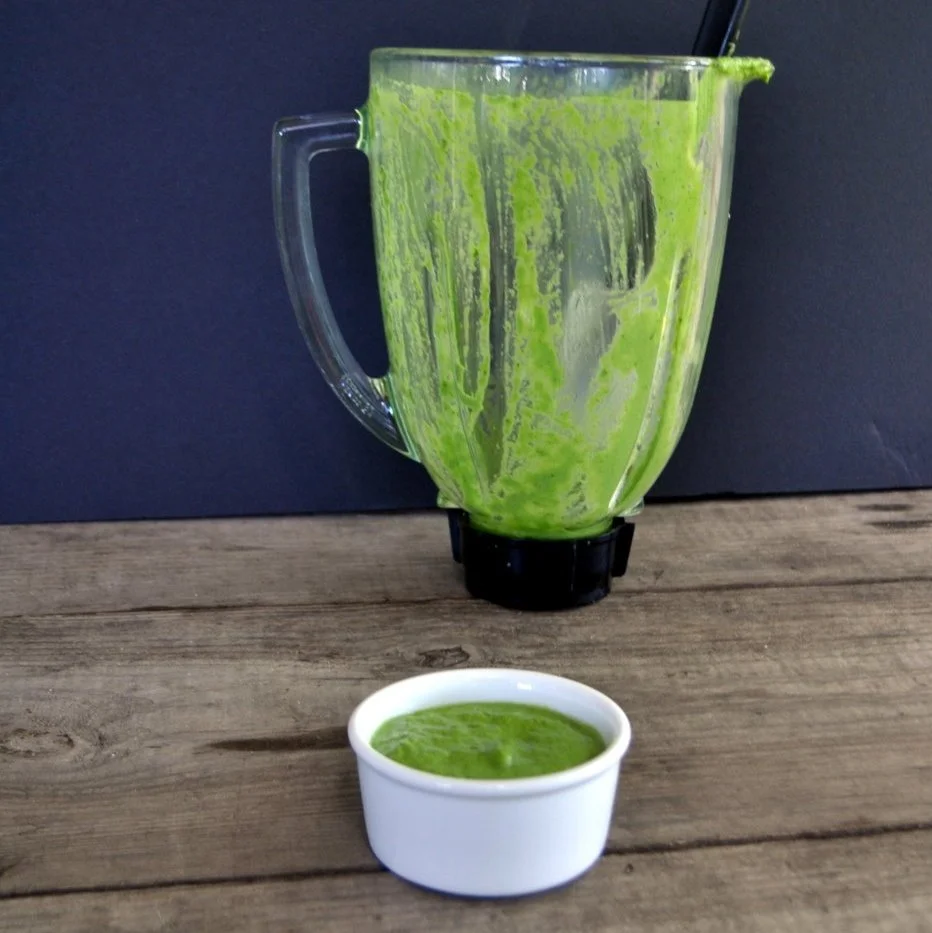3 Green Superfoods
Summer is full of green, leafy things, but you don’t have to eat salad all day every day to get the best of summer nutrition.
At our organic farm, we kept a food diary of what we cooked and ate in 2016. As a busy working family with young kids at home, we don’t have a lot of time to play with our food. Below you’ll find some quick suggestions for how we made the most of hearty braising greens and pungent summer onions this time of year.
Scallions
Vegetables vary not only in terms of their flavor and nutrition in relation to other vegetables, but also in relation to the flavor and nutrition of other vegetables just like themselves. I’m talking about lettuce compared to lettuce, broccoli compared to broccoli.
Take onions.
Over the course of many centuries, humans have saved and encouraged onion seeds that came from the biggest, mildest onions in the patch. The giant, sweet onions you see piled up in a grocery display today are the result of this process.
The implications of this difference in size and taste are not the end of the story.
In general, vegetables that are darker in color, or ones that are more strongly flavored, are making us aware that they are more nutritious than their milder, paler cousins. One cause of this characteristic is a class of compounds called phytonutrients.
Dana-Farber Cancer Institute describes phytonutrients as “the plant’s immune system.” Some exciting studies claim that plant phytonutrients can also confer protection on whatever eats the plants—like people. Researchers are looking into the effects of consuming diets high in phytonutrients on many chronic modern diseases.
For a great book on all this, check out Jo Robinson’s 2013 book “Eating on the Wild Side: The Missing Link to Optimum Health.”
Here are several ways our family made a point of eating our scallions in 2016.
chopped into an eggy green tart
in green soup
sliced for taco salad
topping everything
salsa verde
green curry with brown rice
roasted with garlic and olive oil
in broccoli orzo salad
with skillet potatoes
in kimchi soup + oven potatoes
in an omelette
Another inspiration: make a pureed onion marinade. We got this idea from James Beard-winning chef Michael Solomonov, who uses it to grill lamb and poultry over charcoal. You can marinate anything with it, from eggplant to pork.
Chard
Chard is such a lovely, versatile thing. You can blanch it, sauté it, juice it, eat it raw, or put it on a pizza. Paired with fellow superfoods like eggs and lentils, chard plays a solid part in many if not most of our family’s repertoire of quick balanced meals.
Chard is tender, fast-cooking, and mild. Its savoyed leaves are good at catching the flavor from dressings and sauces. Whether you eat it cooked or raw, the texture of chard is easy to like.
Like many other dark, leafy greens, chard is especially strong as a source of trace minerals like iron, manganese, magnesium, and copper. It sports plenty of vitamin K for a whole day, and also good amounts of vitamins A, C, and E.
Chard also is quite high in polyphenols, which have an exciting range of health implications. Peer-reviewed studies have shown that long-term consumption of polyphenols “offered some protection against development of cancers, cardiovascular diseases, diabetes, osteoporosis and neurodegenerative diseases.”
Pretty good, right?
Here are a few of the ways our family forked over the chard in 2016.
wrapped around ground beef and rice
simmered into green soup
sliced into ribbons with kale and sauteed
lemony lentil salad
blanched, chopped and frozen for winter quiche
lentil soup with tomatoes plus Greek yogurt
pizza topping, along with ricotta with garlic
stirred into risotto
Kale
Kale is part of the vegetable family Brassicaceae. Sometimes vegetables in this family are called crucifers or Cruciferous vegetables, because the flowers of their flowers make a four-pointed X, like a cross. Like its close cousins cauliflower, radishes, broccoli, Brussels sprouts, cabbage, and kohlrabi, kale is absolutely packed with nutrients.
First domesticated by humans over 2,000 years ago and prized by cultures the whole world over, kale has more iron than beef and 900 percent of the RDA for vitamin K. It’s a good source of lutein and zeaxanthin, which protect your eyes. Studies are underway to understand the effects of the glucosinolates in kale, which seem to have a positive effect on some cancers.
But you already knew you’re doing your body a favor each time you take a bite of kale.
Here are 10 ways our family enjoyed doing just that in 2016.
sautéed in bacon fat and added to a warm farro salad with mushrooms
chips with pepper and Parmesan
wilted in a green tart
massaged kale salad with ginger carrots
blended into green soup
shredded for ginger-peanut slaw
braised with bacon
juice it
Tuscan soup with white beans and sausage
on pizza
You can also read this article in our Eat Like a Farmer column in the Petoskey News-Review here.


